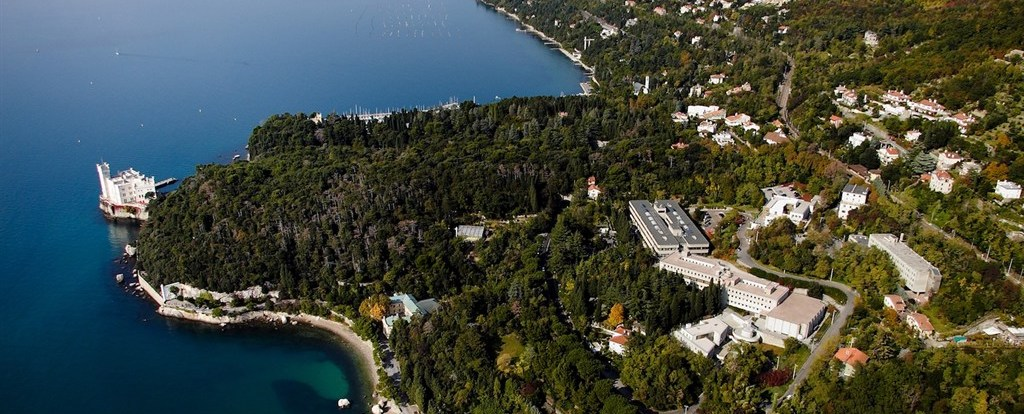Speaker
Description
In the near future, cosmic large scale structure will be mapped with increasing detail by the next generation of observational facilities operating at various wavelengths (radio, optical, infra-red) and exploiting various techniques. Mean-while, theory and simulations are increasing in sophistication in their ability to describe large-scale structure. These advances could potentially allow greater constraints into cosmological parameters and theories of galaxy evolution. In this talk, I will give more details on these ideas and show how we constrain cosmological parameters using fisher formalism, specifically the fNL parameter. Constraining fNL provides important information about the mechanisms that generated the primordial non-Gaussian fluctuations and the physics of the early universe. Observations of the CMB, large-scale structure, and galaxy clustering have been used to place limits on fNL. However, current constraints are still far from the target precision needed to discriminate between different models of the early universe. I will also review the current state of fNL constraints and the ongoing efforts to improve their accuracy. Finally I will discuss the challenges and limitations of different observational methods and the potential for future experiments to significantly improve our understanding of fNL and the physics of the early universe.

